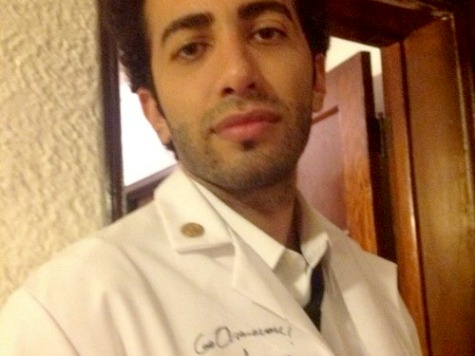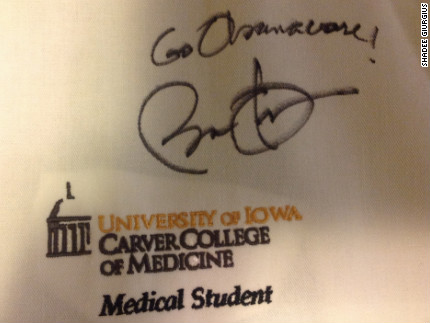Toobin’s chapter on D.C. v. Heller, as best as I can tell, is a summary of Adam Winkler’s Gun Fight (Adam’s book is mentioned in the references, but there are no footnotes Update: It seems in the print version of the book, there are indeed four endnotes to Winkler’s book. For some reason these endnotes do not show up in my Kindle version. I stand corrected.). There is absolutely nothing new.
There was this charming bit about Bob Levy and my alma matter:
He chose to study at George Mason University, because it had a reputation for welcoming libertarian scholars and students.
This was the summary about how the case began:
Levy had clerked for Lamberth with a young lawyer named Clark Neily III, who then went to work for the Institute for Justice, a libertarian-leaning public interest law firm. (Levy was on the board.) Neily and a colleague, Steve Simpson, came to Levy with the idea of putting together a test case that would raise the Second Amendment issue for the Supreme Court. The scholarly articles, the Thomas opinion in Printz, the friendly Justice Department, the Emerson case—all suggested that the time was right. The problem was, the Institute for Justice didn’t do this kind of work. Neily and Simpson asked Levy to finance the case himself, and he agreed. Levy also hired Alan Gura, an aggressive young lawyer from Virginia, who happened to have an interest in the subject but no experience at all with constitutional litigation or the Supreme Court
That last bit about Gura is wrong. Though Alan had never argued a case before the Supreme Court, he had experience with constitutional and civil rights litigation and had worked for the California Attorney General’s office before entering private practice.
And, here is how Toobin described the now-famous run-in between Lund and Cooper, and Levy, Neily, and Simpson:
The National Rifle Association was not amused by the attempt of Levy, Neily, Simpson (and later Gura) to horn in on what it considered its turf. Levy had a day job at the Cato Institute, the libertarian think tank in Washington, where he later became chairman of the board. One day he was visited there by Nelson Lund, one of his professors at George Mason, whose chair had been endowed by the NRA, and Charles Cooper, a former Reagan-era Justice Department official with close ties to the conservative movement. Their mission was to talk Levy out of funding the case. The pair told him that the issue was a loser. The law-and-order conservatives then on the Court, including Rehnquist and O’Connor, would never buy a wholesale revision of the Second Amendment. A bad ruling could set back the cause for years. Better to leave the issue to the NRA and its experienced team of litigators . . . Especially on issues with high public profiles, the motives of the participants can be decidedly mixed. There were even conservatives who believed that at some level the NRA didn’t want a favorable decision from the Supreme Court on gun rights; they thought NRA fund-raising depended on maintaining a sense of perpetual risk. Levy thought the NRA was just protecting its turf, but his own fortune gave him the luxury of a single-minded focus: winning in the Supreme Court. Lund and Cooper denied that the NRA’s motives were anything less than pure, but Levy decided to stay the course with his case.
Nothing about McDonald v. Chicago.

